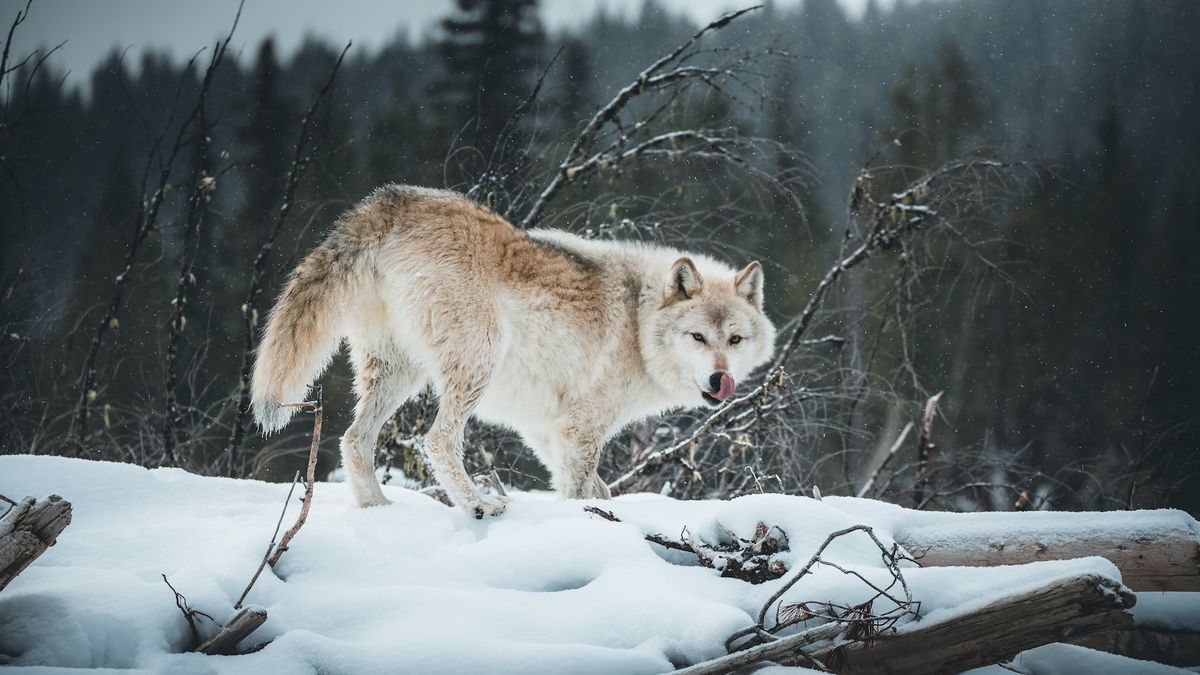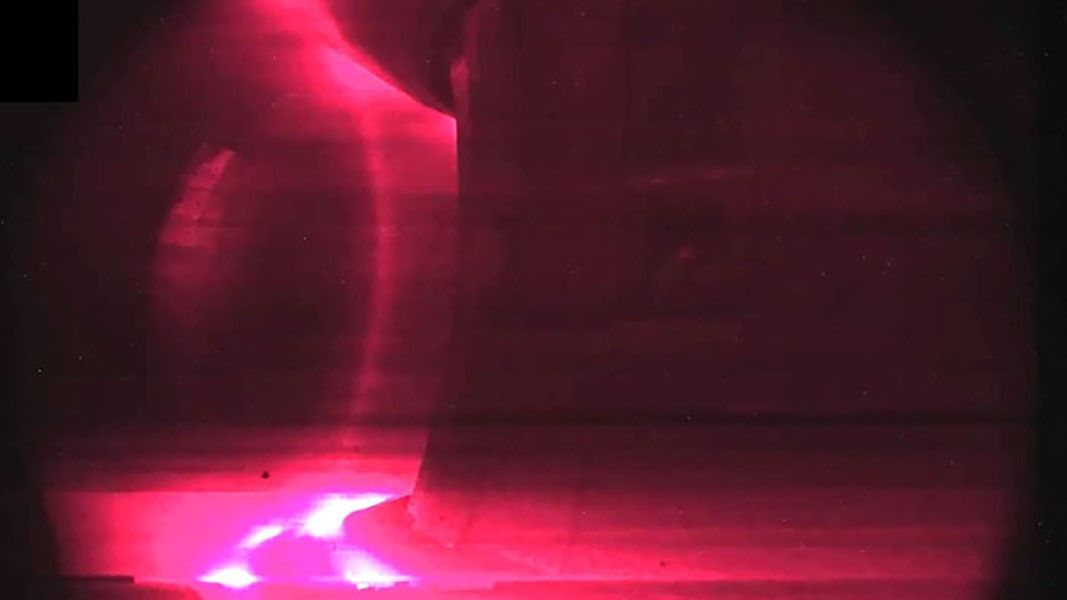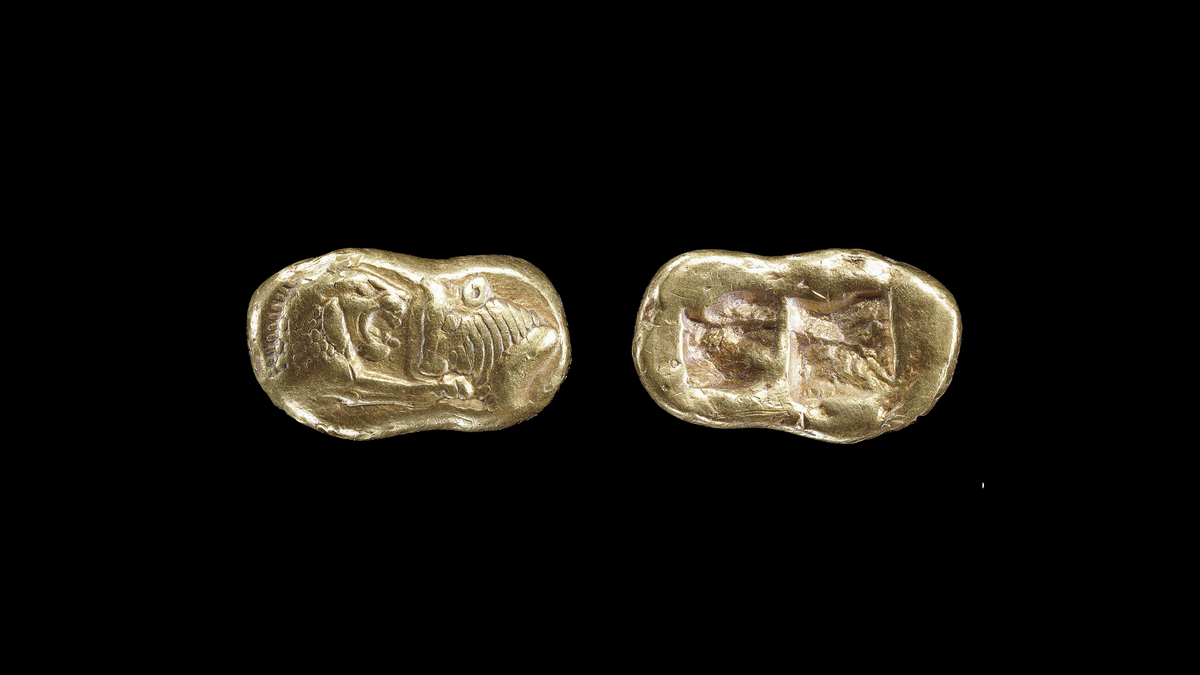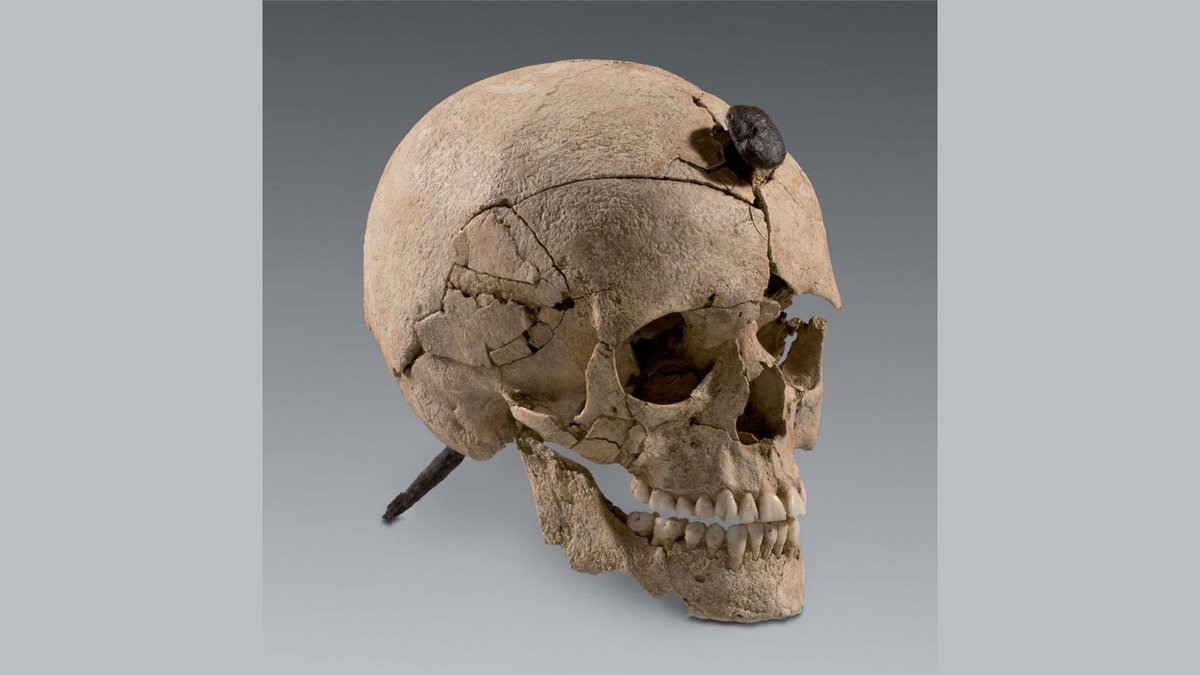Scientists don’t know exactly how wolves were domesticated into early dogs, but it’s possible that they domesticated themselves by choosing to coexist with humans so that, a new study finds, they could be fed consistently. Then, these snackish canines likely selected mates that did the same.
While the theory is nothing new, the new research shows it’s statistically possible for the wolves to have driven their own domestication into dogs through natural selection.
Archaeological and genetic evidence suggests that dogs (Canis familiaris) are descended from gray wolves (Canis lupus) and became domesticated over two historical periods: between about 30,000 and 15,000 years ago when wild wolves were domesticated into early dogs, then from around 15,000 years ago to the modern era when these dogs became differentiated into breeds. These periods of domestication were driven by different evolutionary forces, according to a new study published Feb. 12 in the journal Proceedings of the Royal Society B.
The second domestication period is thought to have been mostly driven by artificial selection: humans chose more tame wolves to accompany them for hunting and companionship, and purposely bred the least-wild animals together, which ultimately produced the tame species we know as the domestic dog.
But the selective forces that drove the first domestication period are less clear. According to one hypothesis, wolves underwent “self-domestication”: after prehistoric animals started coming to human settlements to scavenge for food scraps, they grew more accustomed to living near people. These more-tolerant wolves preferred a steady food supply over inconsistent sources in the wild, and their descendants gave rise to the first domestic dogs.
Related: Smarter dogs have smaller brains, surprising study reveals
A similar process is believed to have occurred with cat domestication, as research found that the ancestors of house cats spent time near farming communities around 10,000 years ago, before settling into a mutually-beneficial relationship in which they hunted and ate rodents in exchange for food.
Dog domestication debate
Scientists have long debated the dog self-domestication hypothesis. One criticism is that natural selection may not be able to work quickly enough to turn wild wolves into domestic dogs over thousands of years — without selective breeding by humans to speed the process up.
In the new study, researchers addressed this question of time constraint by using a statistical model that considered potential timelines of dog domestication and gave its computerized canines some agency over choosing their lifestyle and mates.
The model showed that over 15,000 years, natural selection could potentially drive dog self-domestication. But for this to happen, two conditions had to be met: Wolves had to choose to stay near humans to eat food scraps, and they had to select mates with a similar temperament.
“When females were selecting mates, they also had to select males that had a similar tameness to themselves,” study co-author Alex Capaldi, a mathematician and statistician at James Madison University in Virginia, told Live Science. “So if both of those processes are in play, then it is possible for the self-domestication hypothesis to beat the time constraint critique.”
The scientists pointed out that while the model doesn’t show exactly how wolves became domesticated, the model’s results do mean self-domestication is a possibility.
Dogs are the earliest animal to be domesticated, so studying their evolution can help scientists better understand how domestication may work in other species. And since the process of dog domestication was so closely linked to the development of early human societies — dogs herded cattle in early human settlements, and migrated with early humans to the Americas — understanding its timeline can illuminate our history, and how we ourselves evolved to communicate and bond with dogs.















